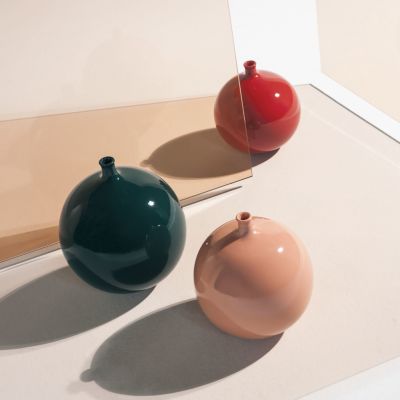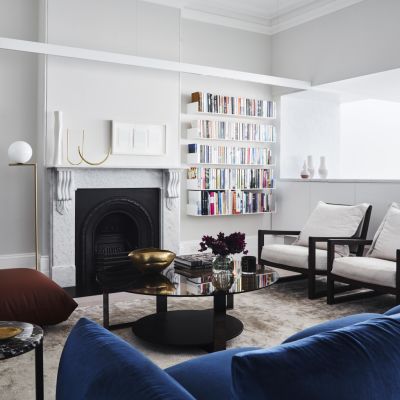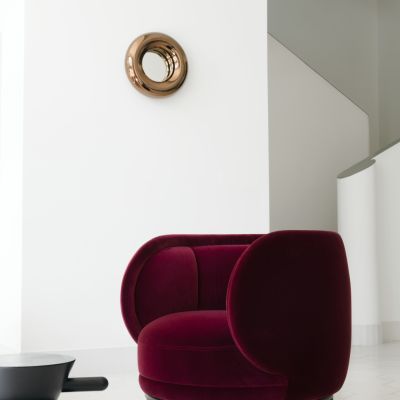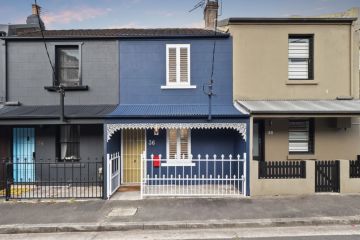'Best left to the experts': The paint projects you shouldn’t do yourself
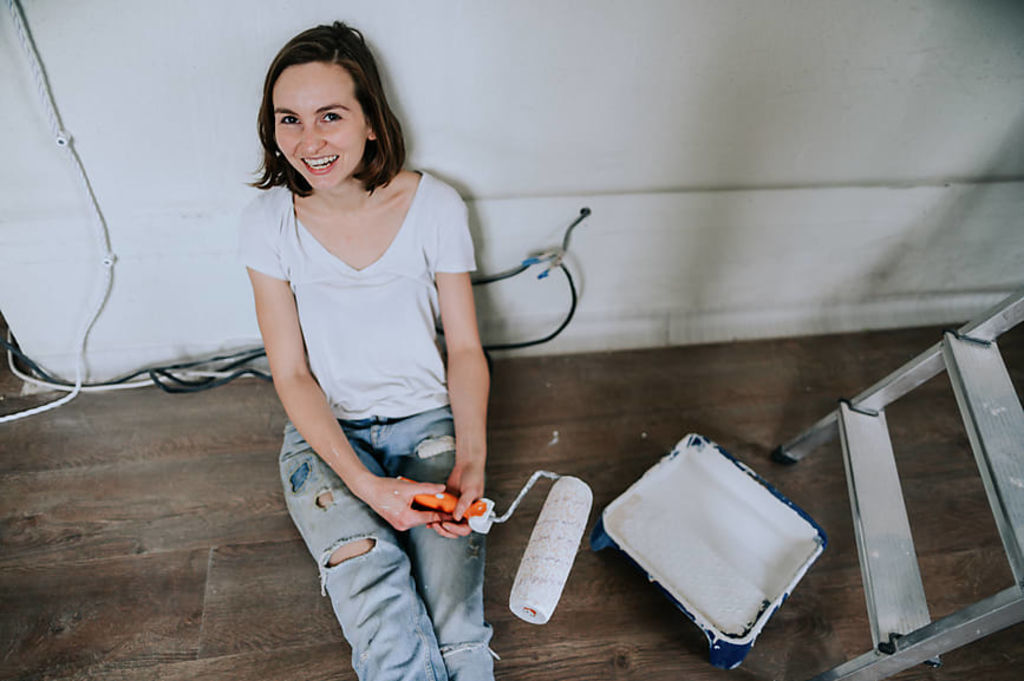
Nothing invigorates a home more than a fresh lick of paint and while wielding a paint brush is a popular DIY project, there are certain tasks best left to the experts.
Paint selection
Whether you are a die-hard DIYer or less seasoned in the art, selecting the correct type of paint for your project is a formidable task.
Find out how Ian and Vanessa live rent and mortgage free on Somewhere Else:
“It takes experience to know exactly the right paint to use for different projects,” says Brett Renouf from MMD Contractors.
“For example, flat paint is great for areas like ceilings, bedrooms and living rooms due to its non-reflective finish that camouflages imperfections. Satin paint with its pearly finish, on the other hand, suits high traffic areas and spaces exposed to moisture, like the laundry, kitchen and bathroom because it has a harder finish and resists moisture more effectively.”

Choosing contrasting colours
Choosing one colour is hard enough, but who knew you actually need two?
“Contrasting colours help the eye identify each colour,” says Renouf. “If a room is painted all grey without a white trim, it can actually look white, because there isn’t white next to it telling you it’s grey. Confusing I know, but it’s something the DIY painter often isn’t aware of. When it comes to a crisp contrasting trims there is far more than meets the eye. It is not there purely for good looks.”
Ceilings and tall walls
Even the most seasoned professional, Renouf says, admits dreading this particular job.
“It’s much more difficult than painting standard walls. The ceiling usually has a much larger surface area so you have to be a skilled painter in order to avoid streaks and lap marks as well as navigate corners. Plus, you have to do all of this balancing on top of a ladder and looking up!”
If DIY is your only option, Renouf says an extension handle for your roller is a worthwhile investment. “It will make it easier. So is transferring your paint into a smaller container so you don’t have to lug a heavy paint tin up the ladder.”
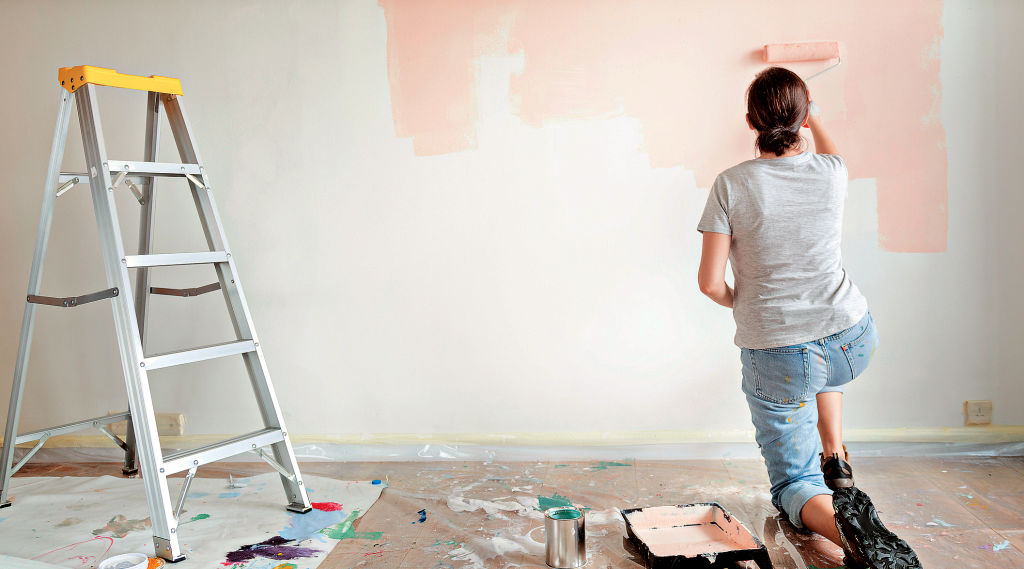
Cutting in
Streaky walls are one thing, but nothing screams “DIY” like sloppy, imprecise detailing.
“Painting the internal corner of a wall, where the wall meets the ceiling at a right angle, is a technique called ‘cutting in’ that entails keeping the edge of the brush tight to the ceiling, using firm and steady strokes, to produce a nice straight edge,” says Renouf.
“Creating a precise line isn’t easy and only comes with experience. It is also a good technique to use when the wall and ceiling are different colours as it gives you a hard edge from which to paint the rest of the wall.”
Shower
Painting wet areas requires a whole new level of expertise. Your finished paint job should have the capacity to stick to surfaces, be scrubbed clean, and deal with constant exposure to water, mildew, humidity, soap and detergents.
“It’s not just a case of rolling on a coat of paint,” says Renouf. “The preparation process is a long one. First the surface needs to be scrubbed clean of mildew and soap scum, and then sanded right back. Next It needs to be treated with a quality primer that contains a mildewcide, or if the existing paint is latex or oil, it needs latex or oil primer.
“The paint used should contain a mildewcide and if it doesn’t, a mildewcide paint additive needs to be added. Once completed, the paint needs a few days to dry properly. It is a complex process best left to the experts for a job well done that really lasts.”
We recommend
States
Capital Cities
Capital Cities - Rentals
Popular Areas
Allhomes
More
- © 2025, CoStar Group Inc.
